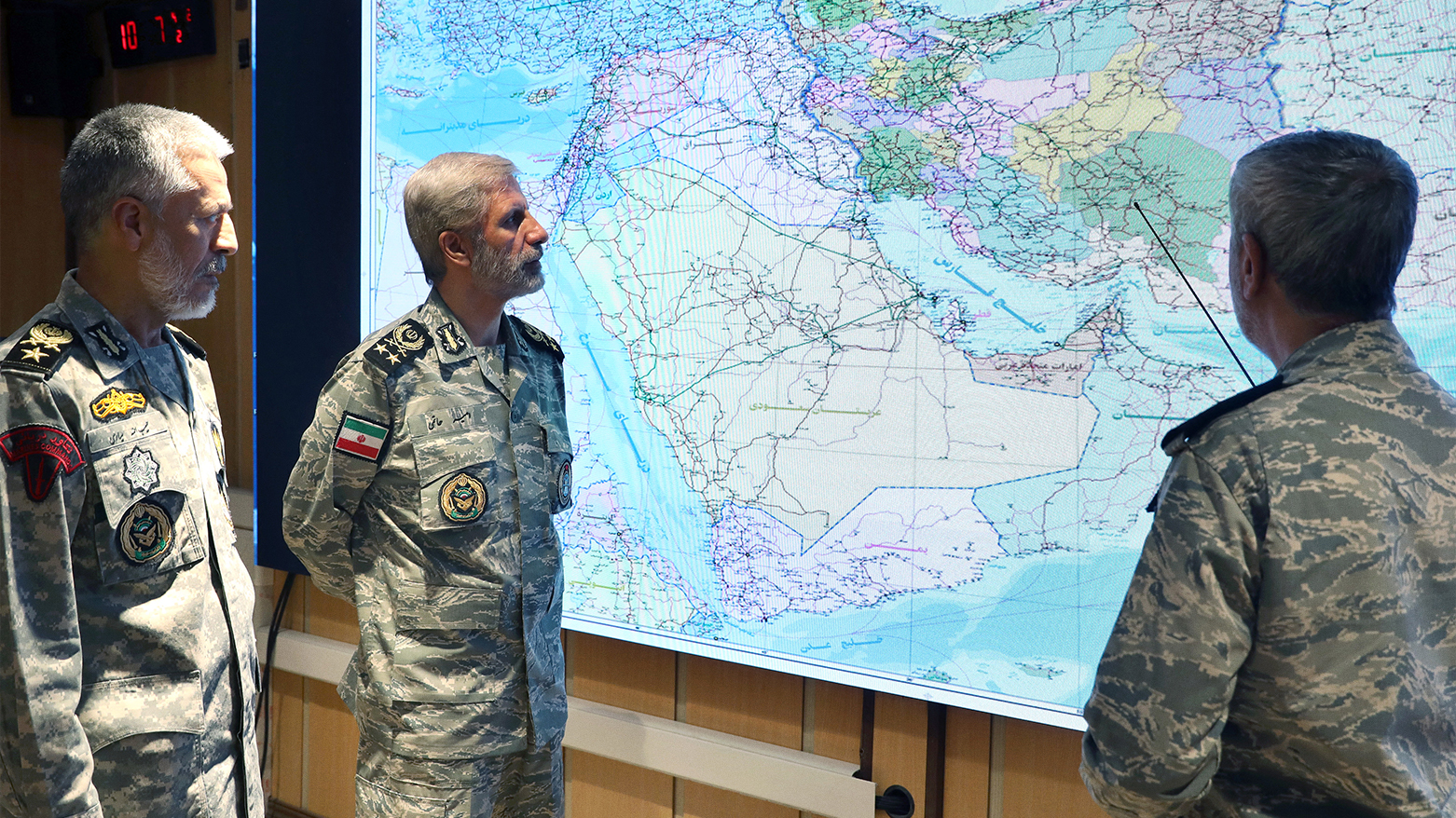EU Warns of Global Risk if Iran Shuts Down Strait of Hormuz amid Rising Oil Prices
The EU warned Iran against closing the Strait of Hormuz, calling it “extremely dangerous.” As tensions rise after U.S. strikes on Iran, oil prices surge. Goldman Sachs predicts Brent crude could hit $110 if exports are cut. Markets brace for further disruption.

By Kamaran Aziz
ERBIL (Kurdistan24) — The European Union’s top diplomat issued a stark warning on Monday, cautioning that any move by Iran to shut down the strategically vital Strait of Hormuz would be “extremely dangerous,” as global markets already react to escalating tensions in the Middle East.
“Any Iranian closure of the Strait of Hormuz would be extremely dangerous,” EU foreign policy chief Kaja Kallas posted on X, formerly known as Twitter, as EU foreign ministers convened in Brussels to address the growing conflict between Iran and Israel.
Foreign ministers remain focused on a diplomatic solution, but concerns about the war escalating are high.
— Kaja Kallas (@kajakallas) June 23, 2025
Any Iranian closure of the Strait of Hormuz would be extremely dangerous.
My doorstep ahead of today’s Foreign Affairs Council ↓ pic.twitter.com/VeHwCyxdL4
Her warning comes in the wake of U.S. President Donald Trump’s order for airstrikes on Iran’s nuclear facilities, including Fordow, Natanz, and Esfahan, on Sunday, June 22, 2025. The strikes have intensified fears of a broader regional war, prompting global reactions from governments and markets alike.
The Strait of Hormuz is a critical maritime corridor through which nearly one-fifth of the world’s crude oil flows. Iran, which has long threatened to close the strait in response to military aggression, is now facing increased scrutiny over such possibilities. According to Iran’s Press TV, the Iranian Parliament has approved a project to close the strait, although no official government decision has been confirmed.
Goldman Sachs, a leading investment bank, released a report Monday outlining the severe risks to global energy supply should the Strait of Hormuz be closed. “If oil exports through the Strait of Hormuz are reduced by half, the price of a barrel of Brent crude oil could reach $110,” the bank forecasted. The report added that “with continued Iranian supply disruption, Brent crude could reach $90,” though it projects stabilization between $70 and $80 in 2026.
The bank also reported that prediction markets currently indicate a 52% probability that Iran may proceed to close the strait. If Iranian oil supply were reduced by approximately 1.075 million barrels per day, crude prices could spike to nearly $90 per barrel.
Iran is the third-largest crude oil producer in the Organization of the Petroleum Exporting Countries (OPEC), producing around 3.3 million barrels per day. Disruptions to this output have immediate and profound effects on global energy markets.
Following the U.S. strikes on Iran’s nuclear infrastructure, crude oil prices surged to their highest levels since December. Brent crude oil rose by $1.92, reaching $78.93 per barrel—a 2.49% increase—while West Texas Intermediate (WTI) climbed by $1.89 to $75.73 per barrel.
John Zhou, senior analyst at Sparta Commodities, emphasized the strategic concern: “The threats to oil infrastructure have significantly increased. While there are alternative routes for transporting oil out of the region, they cannot deliver the same volume and scale of crude output required. As a result, oil shipping companies are increasing capacity elsewhere.”
Goldman Sachs had earlier noted that if maritime oil exports are halted for one month, crude oil prices could surge as high as $110 per barrel.
Since the onset of direct hostilities between Iran and Israel on June 13, Brent crude has risen by 13%, while WTI has increased by nearly 10%, underscoring the market’s sensitivity to developments in the Persian Gulf.
The international community continues to call for restraint, even as strategic energy chokepoints like the Strait of Hormuz come under threat amid intensifying military and geopolitical pressure.
